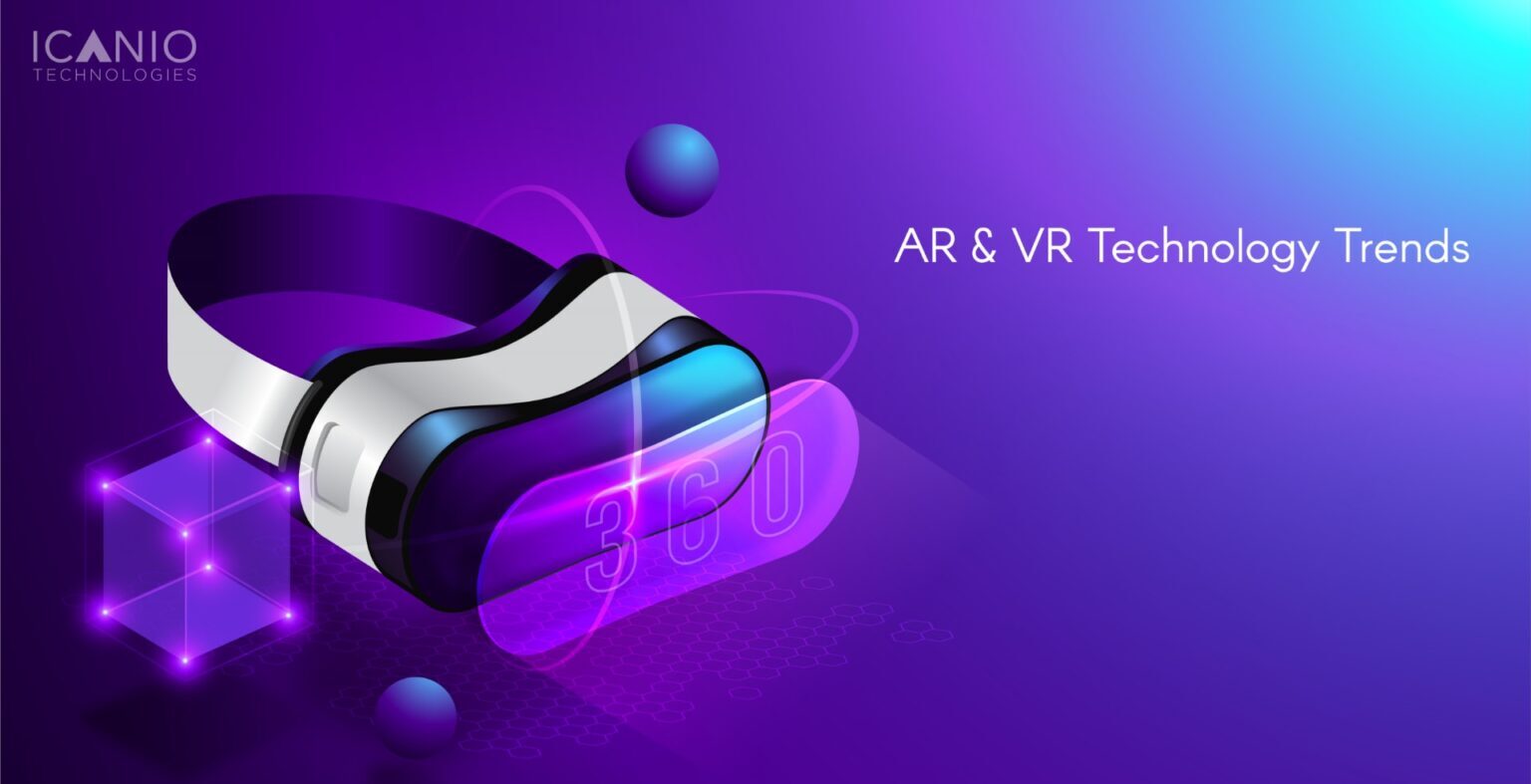Top 3 Immersive Technology Trends | AR, VR, 360/3D Content - Icanio Technologies Main
Blog
We Move The Digital
Industry Forward
Immersive Technologies – Making Online Tangible & Accessible

Statistics present a new wave for eCommerce with immersion and engagement leading the way.
Just when the virtual world was steadily gaining momentum, 2020 brought about the pinnacle of its progress. Those who earlier ignored online steal deals due to lack of tangibility are now shopping off the internet with confidence! And no, this isn’t just because they’re homebound, but in fact due to the immersive technologies bridging the gap between physical and digital.
What are these immersive experiences?
Innovations for an interactive experience have been the talk of the tech town for quite long now, it was only a matter of time until brands started leveraging them for eCommerce. The theatrics of Augmented Reality (AR), Virtual Reality (VR), 360, and 3D content have made digital commerce much more seamless and interactive.
Augmented Reality:
AR is used to extend reality by presenting digital images on top of real landscapes. Gone are the days when you’d have to imagine how a particular sofa would look in your room, Ikea is just one example of a brand using AR to assure customers of their purchase. Eventually, it allows users to ‘Try & Buy,’ thus eradicating a primary concern for online shoppers.
Virtual Reality:
While AR adds to the actual; VR teleports one into a virtual world. Such technology helps brands create virtual showrooms and allow customers to explore products within the comfort of their homes. For instance, many in the Real Estate industry have already started showcasing their projects through VR.
360/ 3D Content:
Imagine viewing the bag you’ve been contemplating to buy in 3D, wouldn’t it help you make your decision? Many brands are now showcasing their products in 3D, helping a user experience the truth about the product. Furthermore, 360-degree videos and 3D content can be used for creative and interactive promotion.
Should you invest in these technologies?
If 2020 didn’t shed enough spotlight on Digital already, here’s something that will – “three in five consumers (61%) said they would be more likely to buy from a brand that uses immersive technologies,” says a recent report by Accenture. The study that spanned over North America, Europe and Asia-Pacific, also highlights that, with emphasis on scale and efficiency, 64% of leading consumer brands are starting to invest in augmented reality, virtual reality, 3D content and 360-degree video.
The following are some benefits of leveraging such technology for eCommerce:
Technologically-Advanced Solutions
AR & VR have become the buzzwords of digital commerce; they are no longer a luxury but a necessity to earn that competitive edge. It’s statistically proven that customers prefer interactive experiences; either through a virtual showroom or a 360-degree audiovisual catalogue, give your users a compelling reason to shop from your platform.
Simulation & Conversion
The stronger a customer is convinced of a product, the more likely is he/she to make the final purchase. A good example of this is cosmetics; it wasn’t uncommon for people to shy away from buying lip colours online until recently. Leading brands have now tailored their eCommerce platforms with the likes of AR, allowing users real-life simulation for faster conversion.
Cost Savings
When customers make informed decisions, it’s a boon for both the brand and the end-user. By integrating immersive technology, eCommerce platforms will save themselves from the expenses of delivering products to an unhappy customer. It allows brands to maintain a connection with users through each stage of the consumer purchasing funnel.
To sum it up, users are accustomed to the comfort and convenience of digital commerce, now more than ever in the wake of the pandemic, it’s time to reimagine your eCommerce strategy technologically.
RECENT POSTS
Conținut web
-
-
-
-
-
-
-
-
-
-